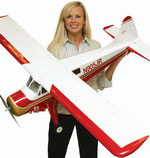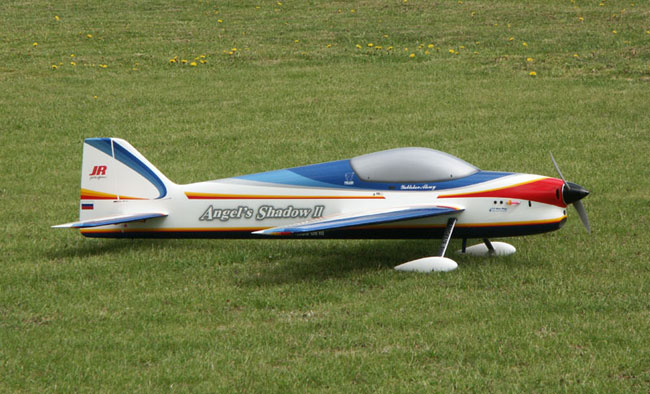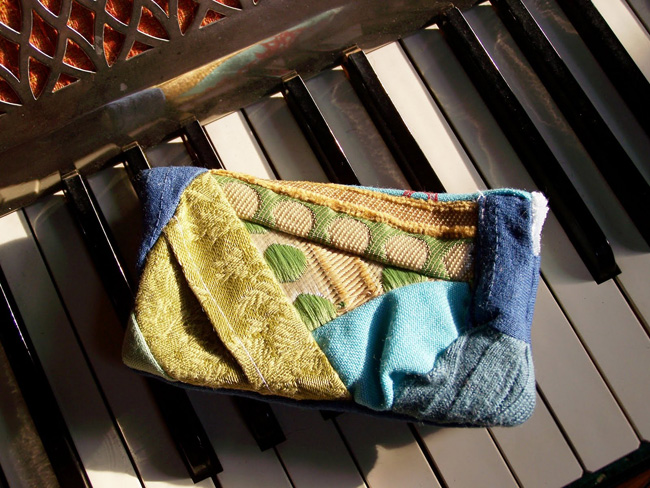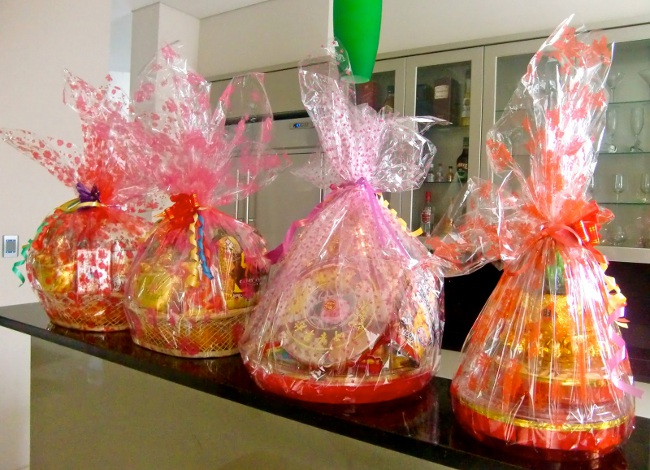Air modeling

Air modeling - for many of us the hobby of childhood. Even under the Soviet Union, the circle of aircraft modeling was certainly included in the list of circles of palaces of pioneers and houses of culture. Also it was aircraft modeling for many famous designers that served as the beginning of their creative path.
In modern stores and clubs dedicated to aircraft modeling you can meet the materials necessary for self-assembly of air models, and sets that are almost completely ready for flying - sets ARF (almost ready to fly - almost ready for flights) and RTF ready - to - fly.
Ready-made models and sets will be of interest in the firstthe turn of those who in air modeling loves flights, and not the process of construction and assembly. Such people in aircraft modeling are usually called pilots. Accordingly, model aircraft designers prefer to break their heads over a successful design, and aerobatics figures are not for them.
In this regard, in aircraft modeling it is customary to allocate separately Creation and piloting of controlled and free-flying models aircraft and bench simulationi.e. simulation of large-scale copies of real aircraft.
When creating flying aeromodels, their aerodynamic characteristics come to the fore: longitudinal and lateral stability, streamlined housing, etc. In stand model airplanes the accuracy of performance of parts is more appreciated, the similarity of the model to the original.
Aeromodelism is divided into two main areas: amateur and sports. In the amateur model aircraft welcomeparticipants of any age: from mischievous schoolchildren to very respectable elderly people. As a rule, experienced amateurs come to sport aircraft modeling, which became "tightly" in the previous framework.
In airplane sport participants of the competitionscompete in the design and assembly of flying aircraft models, in their management in flights. Experts assess the speed, range and duration of the flight, the maneuverability of the model and its ability to perform aerobatics.
Aviamodelny sport is supervised by the FAI - the International Federation of Aviation. This organization has established a classification of aircraft models, regulates the rules and procedures for holding various competitions.
So, in the classification of the FAI is allocated 5 categories of aircraft models:
- F-1 - free-flying models
- F-2 - Cord model aircraft
- F-3 - radio-controlled models
- F-4 - model-copies of aircraft
- F-5 - radio-controlled models of aircraft with electric drive
TO free-flying models include all possible models of gliders, rubber models of aircraft, timed models. Cordoba The models, controlled by means of a cord -special thin steel cable. One end of the cord is attached to the steering control of the model, the second end is held by the modeler and with his help performs figures of ordinary and aerobatics.
AT radio-controlled models management is carried out throughradio signal transmitted by the modeller from the remote control. To create their radio-controlled models, the modelers use special servo drives connected to the ailerons and elevator. The remote control must have at least 2 proportional control channels: the right handle on the transmitter is responsible for controlling the ailerons, the left one for steering the elevator.
The engine for flying models can be electric, rubber-motor, internal combustion. The engine is usually selected in accordance with the prototype of the model and the taste preferences and also the financial capabilities of the modeler himself.
Aviamodelizm - hobby is not easy. Costly materials and components, availabilityfree time, the presence of an "airfield" is only a minimum of the necessary costs for the construction and testing of its first model. And it's hard to count the number of forces, with the soul invested in a favorite business. But the result is worth it: launching your model into the sky, as if you find wings and soar high above the ground, free from all burdens and worries ...














